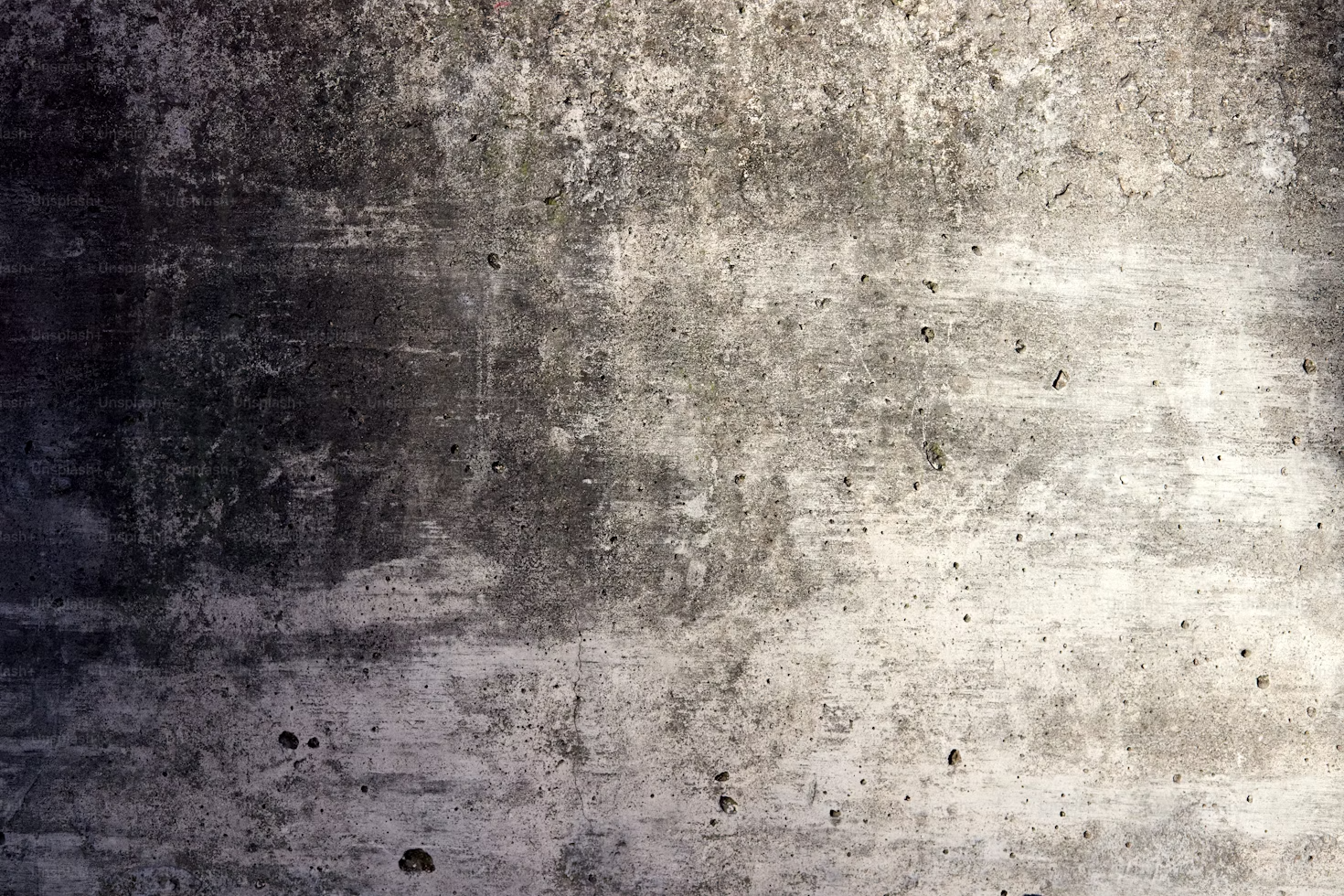In the world of concrete lifting, two contenders vie for supremacy – the tried-and-true method of mudjacking and the modern alternative of foam jacking. As project managers and homeowners weigh their options, the question looms large: Is mudjacking or foam better? In this showdown, we’ll explore the key factors, costs, and considerations that can help you make an informed decision.
The Battle of the Basics: Mudjacking vs Foam
Mudjacking – The Time-Tested Warrior:
Pros:
- Proven Track Record: Mudjacking has been the go-to method for decades, demonstrating reliability and durability.
- Cost-Effective: Mudjacking is often more budget-friendly compared to foam jacking.
- Environmentally Friendly: Composed of natural materials, mudjacking aligns with eco-conscious principles.
Cons:
- Weight: Mudjacking material is heavier than foam, potentially causing more stress on the underlying soil.
Foam Jacking – The Modern Maverick:
Pros:
- Lightweight: Foam is considerably lighter than mud, reducing stress on the soil and structure.
- Quick Cure Time: Foam jacking typically has a faster cure time, allowing for quicker project completion.
- Precision: The expanding nature of foam allows for more precise lifting capabilities.
Cons:
- Cost: Foam jacking is often pricier than mudjacking, making it a consideration for budget-conscious projects.
The Dollars and Cents: Mudjacking vs Foam Cost
One of the pivotal considerations in the mudjacking vs. foam debate is the financial aspect. Mudjacking, with its cost-effective nature, often appeals to those mindful of their budgets. On the other hand, foam jacking, while offering benefits like lightweight composition and quick cure times, tends to show with a higher price tag.
It’s essential to weigh these costs against the specific needs of your project. If immediate budget considerations are a priority, mudjacking might be the cost-efficient solution you’re seeking. However, if the benefits of lightweight material and rapid curing align with your project’s demands, foam jacking may prove to be a worthy investment.
Conclusion: Making the Lift Decision
In the mudjacking vs. foam jacking saga, there is no one-size-fits-all answer. The choice hinges on a plethora of factors – project requirements, budget constraints, and environmental considerations. While mudjacking stands as a reliable and proven method, foam jacking offers a more modern and technologically advanced alternative.
Ultimately, the decision between mudjacking and foam comes down to your specific needs and priorities. Consult with experienced contractors, evaluate the unique demands of your project, and carefully weigh the costs against the benefits. In this concrete lift-off, whether you choose the stalwart veteran or the contemporary maverick, success lies in making an informed decision that suits your project’s objectives and your peace of mind.
Frequently Asked Questions
Which Is Better: Mudjacking or Foam?
It depends on the exact needs of your project. Mudjacking is more traditional and durable, while foam is lightweight and offers quicker installation with less disruption. Consider factors like soil conditions, budget, and desired outcome to determine the best solution for your situation.
How Long Does Concrete Foam Jacking Last?
Concrete foam jacking typically lasts for several years, but the exact duration depends on factors like soil stability, load-bearing requirements, and environmental conditions. Regular maintenance and a stitch in time can extend the lifespan of the foam jacking.
Is foam concrete expensive?
Foam concrete cost varies, but it is generally more affordable than traditional concrete methods. Factors such as project size, location, and particular requirements can influence the overall expense. Get a customized quote from contractors to determine the cost for your specific application.
Is foam stronger than concrete?
Foam itself is not stronger than concrete, but foam can be used in conjunction with concrete to create lightweight and insulated structures. The strength depends on the concrete mix and reinforcement used. Consult with a structural engineer to find the best combination for your specific project.
Is foam concrete waterproof?
Foam concrete is generally not inherently waterproof. However, additives or coatings can be applied to enhance water resistance. For waterproofing needs, additional measures, such as sealants or membranes, may be recommended based on the specific requirements of your project.
Is foam cheaper than concrete?
Yes, foam is typically more cost-effective than traditional concrete. Foam concrete’s lighter weight and faster installation can result in lower overall project costs. However, specific expenses vary based on project requirements, so it’s advisable to obtain quotes for accurate cost comparisons.
What is the benefit of foam concrete?
The benefits of foam concrete include its lightweight nature, insulation properties, and cost-effectiveness. Foam concrete is versatile, offering advantages in construction projects where reduced weight, thermal insulation, and affordability are priorities.

